Rate analysis of excavation in earthwork use of IS Code 1200 part 1, Part 27, IS 4988, IS 12138 (Part IV) and CPWD for calculation is this measurement of the quantity of excavation to be carried out, the cost of labour, machinery, and other equipment like hard soil for breaker, etc.
Rate analysis of excavation depends on the depth of excavation, depending on soil type, also depends on the method of excavation to be carried out and the distance where the soil has to be disposed of. The cost of all these is added for a unit volume of excavation to get the rate of excavation.
Work to be Measured Separately
Important Point
Rate analysis of earthwork excavation of the different area and location rate analysis different executed in the following conditions shall be measured separately:
- Work in or underwater,
- Work in or under foul situations,
- Work under tidal conditions, and
- Work in snow.
Also, read: What is Rate Analysis| Rate Analysis of Earth Work, Brick, Concrete, Plaster
Rate Analysis of Excavation in Earthwork as per Depth
The cost of excavation based on different depth is generally divided into categories as per CPWD category (CPWD full name Central Public Works Department )
- Depth up to 1.5 m.
- Depth between 1.5 m. to 3.0 m.
- Depth between 3.0 m. to 4.5 m.
- Depth of more than 4.5 m.
Rate Analysis of Excavation in Earthwork as Classification
The materials to be excavated will be classified as follows unless otherwise specified
- Soft/Loose Soil
- Hard/Dense Soil
- Mud
- Soft/Disintegrated Rock
- Hard Rock (Requiring Blasting )
- Hard Rock ( Blasting Prohibited)
Also, read: Type of Stair | Stairs Parts Names & Details
Soft/Loose Soil
- Generally, any soil which yields into the ordinary application of pick and shovel, or to phawra. Rake or another ordinary digging implement, such as vegetable or organic soil, turf, gravel, sand, silt, loam, clay peat, etc.
Hard/Dense Soil
- Generally, any soil which requires this close application of picks, or jumpers or scarifiers to loosen, such as stiff clay, gravel, cobblestone, water-bound macadam, and soling of roads.
Mud
- A mixture of water and soil and in fluid or weak solid state.
Soft/Disintegrated Rock
Rock or boulders, which can be. Quarried or split with crowbars. They will also include laterite and hard conglomerate.
Also, read: What is BoQ | BoQ Meaning |Advantages of BoQ | What is BoM
Hard Rock (Requiring Blasting )
- Any rock or boulder for this excavation of which blasting is required.
Hard Rock ( Blasting Prohibited)
• Hard rock requiring blasting as described under but where blasting is prohibited for any reason, and excavation has to be carried out by chiseling, wedging, or any other agreed method.
Bills of Quantities
The bills of quantities will fully describe the workmanship and materials and accurately represent the work to be executed.
The following works shan’t be measured separately and allowance to this. Same will be deemed into have been made from the description of the main item:
- Setting out works, profiles, etc.
- Site clearance, like cleaning grass and vegetation
- Unauthorized battering or benching or excavation.
- Forming ‘dead men’ and ‘tell tales’ in borrow pits and their removal after measurements.
- Forming steps insides of deep excavation and their removal following measurements.
- Excavation for insertion of strutting and planking.
- Unless otherwise specified, removing slips or falls in excavations.
- Bailing out or pumping of water at excavation from rains.
Also, read: What Is EDM in Surveying | Type | Errors
Most Important Factor of Rate Analysis of Excavation in Earthwork
Type of Soil
- Transport and lead distance for carrying excavated soil
- Depth of excavation
- Method of excavation – mechanical excavation or manual excavation
- The capacity of labor for manual excavation
- The capacity of equipment for mechanical excavation and their cost per unit quantity.
- Extra Charges (LumSum)
- Water charges if used
- Profit of contractor
Example of Rate Analysis of Excavation in Earthwork
Earthwork in excavation by mechanical means (Hydraulic excavator)/manual means over areas (exceeding 30 cm in-depth, 1.5 m in width as well as 10 sqm on the plan) including getting out and disposal of excavated earth lead up to 50 m and lift up to 1.5 m, as directed by Engineer-in-charge.
| Sr No. | Description | Qty | Unit | Rate | Cost |
| Earthwork in excavation by mechanical means (Hydraulic excavator)/manual means over areas (exceeding 30 cm in-depth, 1.5 m in width as well as 10 sqm on the plan) including getting out and disposal of excavated earth lead up to 50 m and lift up to 1.5 m, as directed by Engineer-in-charge | |||||
| Details of cost for 10.00 Cu.m. | |||||
| A | Machinery | ||||
| 1 | Backhoe Excavator ( Per Day Excator 200 Cu.m.) | 0.050 | Day | 7000.00 | 350.00 |
| 2 | Tractor/Dumper | 0.050 | Day | 2000.00 | 100.00 |
| B | Labour for Dressing | ||||
| 1 | Mason For Leveling | 0.5 | Day | 700.00 | 350.00 |
| 2 | Helpers | 0.5 | Day | 400.00 | 200.00 |
| 3 | Mate | 0.5 | Day | 500.00 | 250.00 |
| C | Tool Tackle Charges | 2% | 25.00 | ||
| D | Transportation Cost | 2% | 25.00 | ||
| E | Other Charges Extra | 2% | 25.00 | ||
| F | Add for Water Charge @ 1% on Items Marked | 1% | 12.50 | ||
| G | Add for Contractor’s Profit @15% on Items Marked | 15% | 187.50 | ||
| Cost of 10.00 Cu.m. | 1525.00 | ||||
| Cost of Cu.m. | 152.50 | ||||
| Round off Cu.m. | 4606.00 | ||||
Above all rate took in CPWD Part 1 book
As per the above calculation of Backhoe excavator work 30 cu.m. per.hour.
But extra time transition, led, lifting, and extra time detected 15% of the working time of excavation machinery.
So, the minimum 25 cu.m. per hour working of excavation by using backhoe machinery.
Backhoe Excavator
- Calculation of Backhoe Excavator for 10 Cu.m. Because of the rate analysis, 10 cu.m.
- Backhoe Excavator =25 cu.m of per hour
= 25 x 8 hour (Per Day work 8 hours consider)
= 200 Cu.m. per day work Backhoe Excavator
-
- So, 10 cu.m. work for = 0.050 Days required
- As per Backhoe Excavator =Tractor/Dumper
- The cost of a Backhoe excavator machine for 10 m3 = 0.050 Day x 7000 Rs. (This took in CPWD)
- As per the same calculation for Tractor/Dumper = 0.050 Day x 2000 Rs. (This took in CPWD)
Likewise, dependent on the capacity of additional equipment, labors, etc., their cost is calculated.
The contractor’s profit can be added to the total cost of labors and machinery.
Then the grand total gives the rate of excavation per 10 m3 of soil excavation.
Different mechanical equipment has different capacity per day for excavation work.
Their coefficient per m3 or a 10m3 ought to be considered for calculation.
Excavation Rate Analysis Methods
Rate analysis of earth excavation establishes the rate of labor and equipment required to excavate the site. Unlike other rate analysis works, the rate of earth excavation does not undertake any material analysis. Manual or machine excavation method or combination of both are used for earth excavation.
Earthwork Excavation Cost Estimation
Estimating the cost of earthwork excavation involves several factors that need to be considered. These factors include the site conditions, type of soil or rock, depth of excavation, equipment requirements, labor costs, and any additional requirements or specifications for the project. While I can provide a general overview of the process, it’s important to note that actual costs can vary significantly depending on the specific project and location. It’s always recommended to consult with construction professionals or estimators for accurate cost estimations.
Calculating Excavation Rates in Construction
To calculate excavation costs, multiply the excavated zone’s length, width, and depth to estimate its volume. To obtain the cost of excavation, multiply the total excavation volume by the price of the area per unit. If the price per unit is $8, then the total price will be; Total price= 300*8=$2400.
Excavation Productivity Analysis
Excavation productivity analysis involves evaluating the efficiency and productivity of the excavation process. By analyzing productivity, you can identify areas for improvement, estimate project timelines, and make informed decisions regarding equipment and labor requirements. Here are some key steps in conducting an excavation productivity analysis:
- Define Metrics: Determine the productivity metrics that you want to analyze. Common metrics include excavation volume per unit of time (e.g., cubic meters per hour), cycle time (time taken for each excavation cycle), and equipment utilization rate.
- Collect Data: Gather relevant data on the excavation project. This may include the number of excavation cycles completed, the volume of material excavated, the time taken for each cycle, equipment used, and the number of workers involved.
- Calculate Productivity Metrics: Use the collected data to calculate the productivity metrics you defined in the first step. For example, to calculate excavation volume per unit of time, divide the total volume excavated by the total time taken.
- Identify Factors Affecting Productivity: Analyze the productivity metrics to identify factors that may be affecting productivity. This could include equipment breakdowns, delays in material supply, inefficient work processes, or inadequate workforce.
Factors Affecting Earthwork Excavation Rates
- Factors that affect the price of an excavation project.
- The type of project.
- The type of equipment that will be required for the excavation job.
- The size of the hole and the amount of soil and waste that has to be moved.
- The time of the year during which the work will be completed.
- Where you live.
Earth Work Excavation Rate Per M3
Earthwork Excavation cost per m
Generally for soft soil, Rs 200-300 will be required for excavating 1 cum of earthwork for a depth not exceeding 1.5m and lead up to 50 m.
Excavation Rate Per M3
The excavation rate per cubic meter (m³) can vary significantly depending on several factors such as the type of soil or rock, the equipment used, the skill level of operators, and the project-specific conditions. It is important to note that rates can differ from one project to another and can also vary based on regional factors and market conditions.
How Much Excavation Can Be Done in a Day by Labour?
An excavator could be used to dig anywhere from 350 to 1,000 cubic yards per day, depending on a number of factors including bucket capacity, type of ground, operator skill and efficiency level, and more.
How Much Excavation Can Be Done in a Day by Jcb?
It is very important to know the Rate Analysis of Excavation as The excavation capacity of the JCB ranges from 700 cu ft. to 1200 cu ft. per hour, depending upon the type of soil & bucket capacity. So JCB can Excavate 5 to 6 Excavation Pit can dig.
How to Estimate Earthworks Cost?
The earthwork cost is calculated by estimating the number of cubic meters of common material and rock which must be moved to construct the road. The earthwork production rate is calculated as the cubic meters per hour which can be excavated and placed divided by the number of cubic meters per km to be excavated.
What Is Rate Analysis in Estimation?
What is rate analysis? Rate analysis is the basis for arriving at a correct rate per unit work or supply of work specifications such as labor, materials, and equipment. It can also be defined as the analytical study that leads to the definition of unit rates of work by identifying the basic requirements.
Excavation and Earthwork
Excavation is the process of moving earth, rock, or other materials with tools, equipment, or explosives. It includes earthwork, trenching, wall shafts, tunneling, and underground. Excavation has a number of important applications including exploration, environmental restoration, mining, and construction.
What Are the 3 Types of Excavation?
Cut and fill: This excavation method strips layers from the earth and can include grading. Muck: Muck excavation removes mud, water and dirt, often moving it elsewhere to allow it to dry. Drainage: This type works to divert water, and can include trenches and canals.
Like this post? Share it with your friends!
Suggested Read –
Originally posted 2023-06-02 14:16:15.
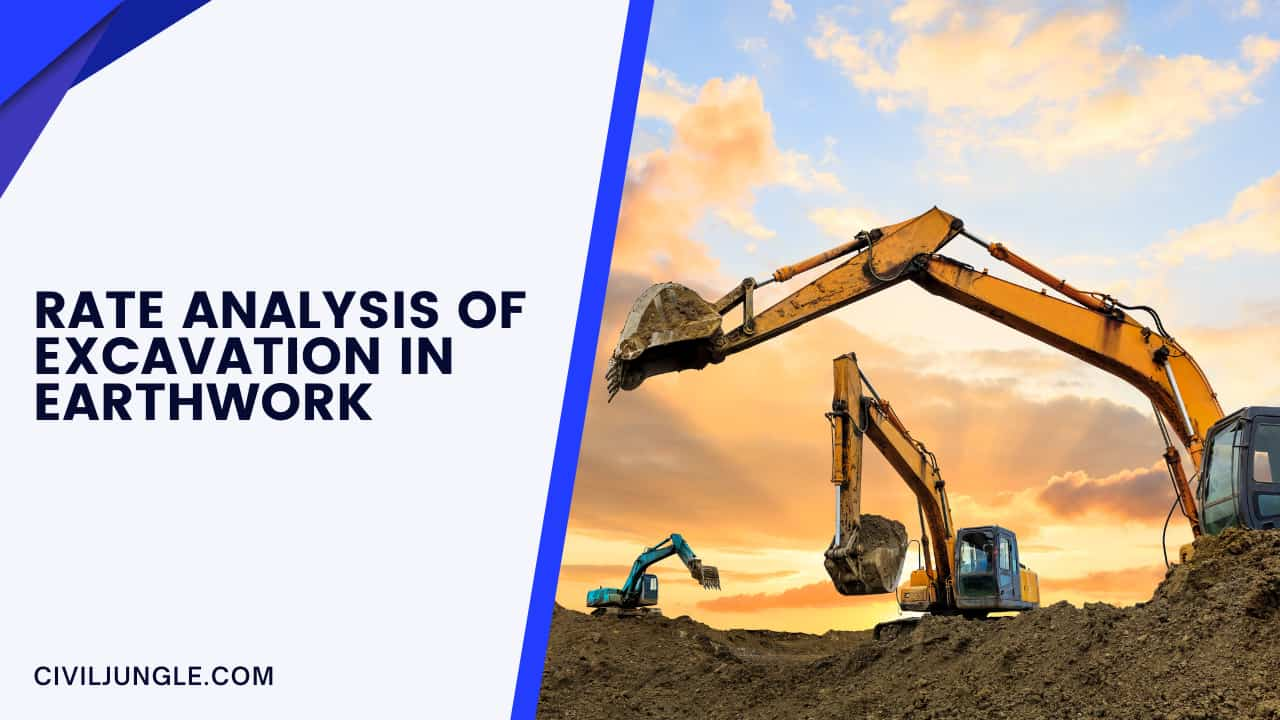
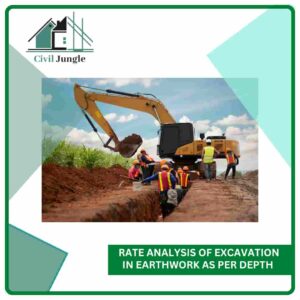
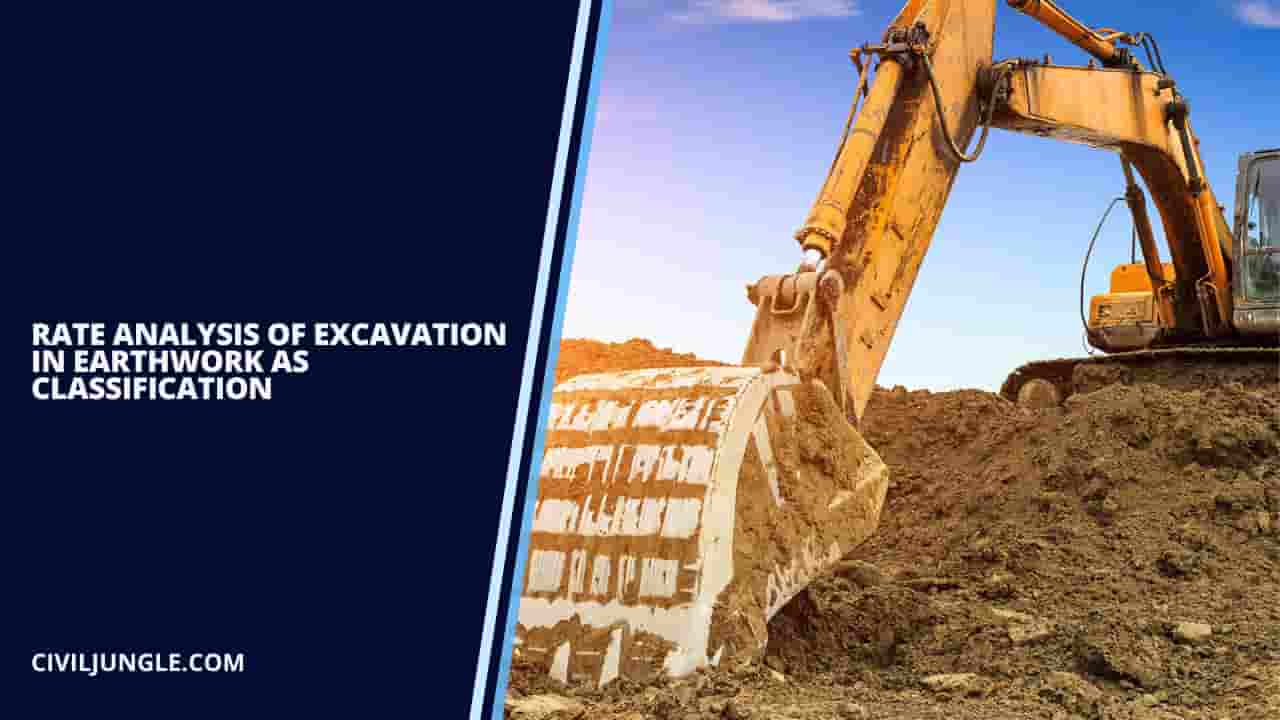
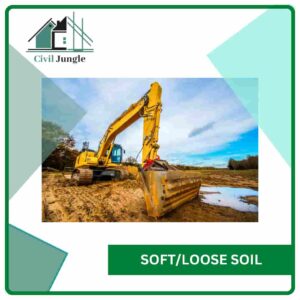

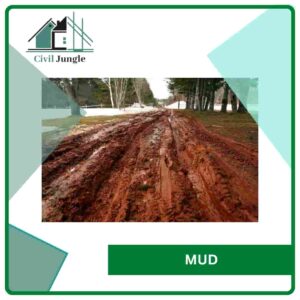
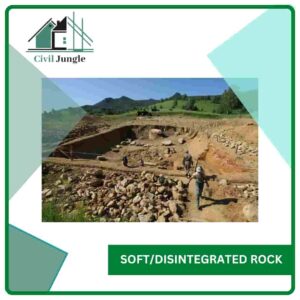

Very interesting subject , thanks for putting up.
Great post i must say and thanks for the information.I appreciate your post and look forward to more.
Thanks